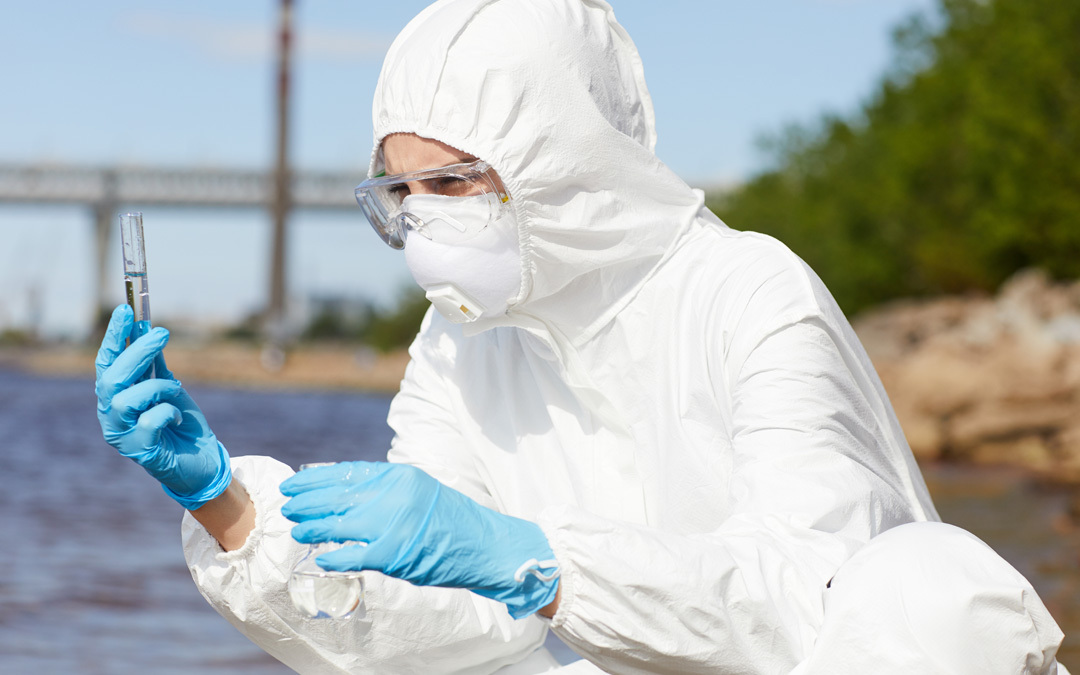A Harvard study recently discovered the presence of PFAS compounds in Cape Cod that were previously undetectable. Current methods of detection only account for roughly 25 compounds, a drop in the bucket compared to the innumerable compounds that classify as PFAS. The current method used to detect PFAS serves only to detect terminal compounds. These terminal compounds will never degrade by natural processes, hence the term “forever chemicals”. However, there are also precursor compounds that can become terminal while in the wild. Current methods are unable to detect these chemicals, and therefore the Harvard group sought a different way.
A major source of PFAS compounds are fire-retardant foams, which frequently contaminate nearby water sources. The study endeavored to detect compounds originating from these fire-retardant foams produced impressive results. The team found that using their method was able to identify 100 percent of all PFAS compounds that originated from those fire-retardant foams. This was accomplished through a process that would turn isolated precursor chemicals into their terminal form, confirming their presence. They hope to use this research to determine the health impacts of these chemicals on marine life. The study also discovered substantial amounts of PFAS from unknown sources. The unknown origin of these PFAS means that there is still much to be done so that the scientific community can understand the depth of PFAS contamination and human exposure.
The PIONEER system is the first of its kind whole-house lead, cyst and PFOA/PFOS removal system. Visit the PIONEER system page to learn more.



